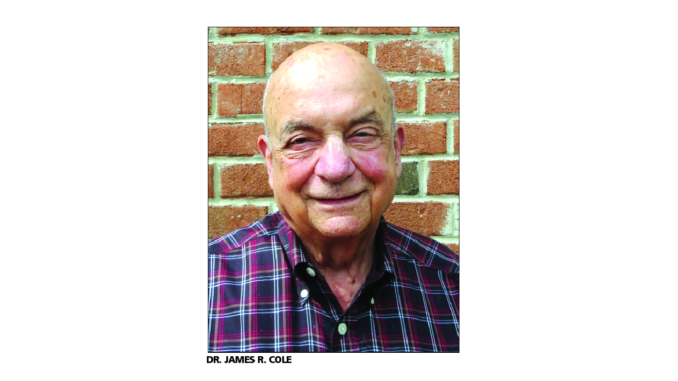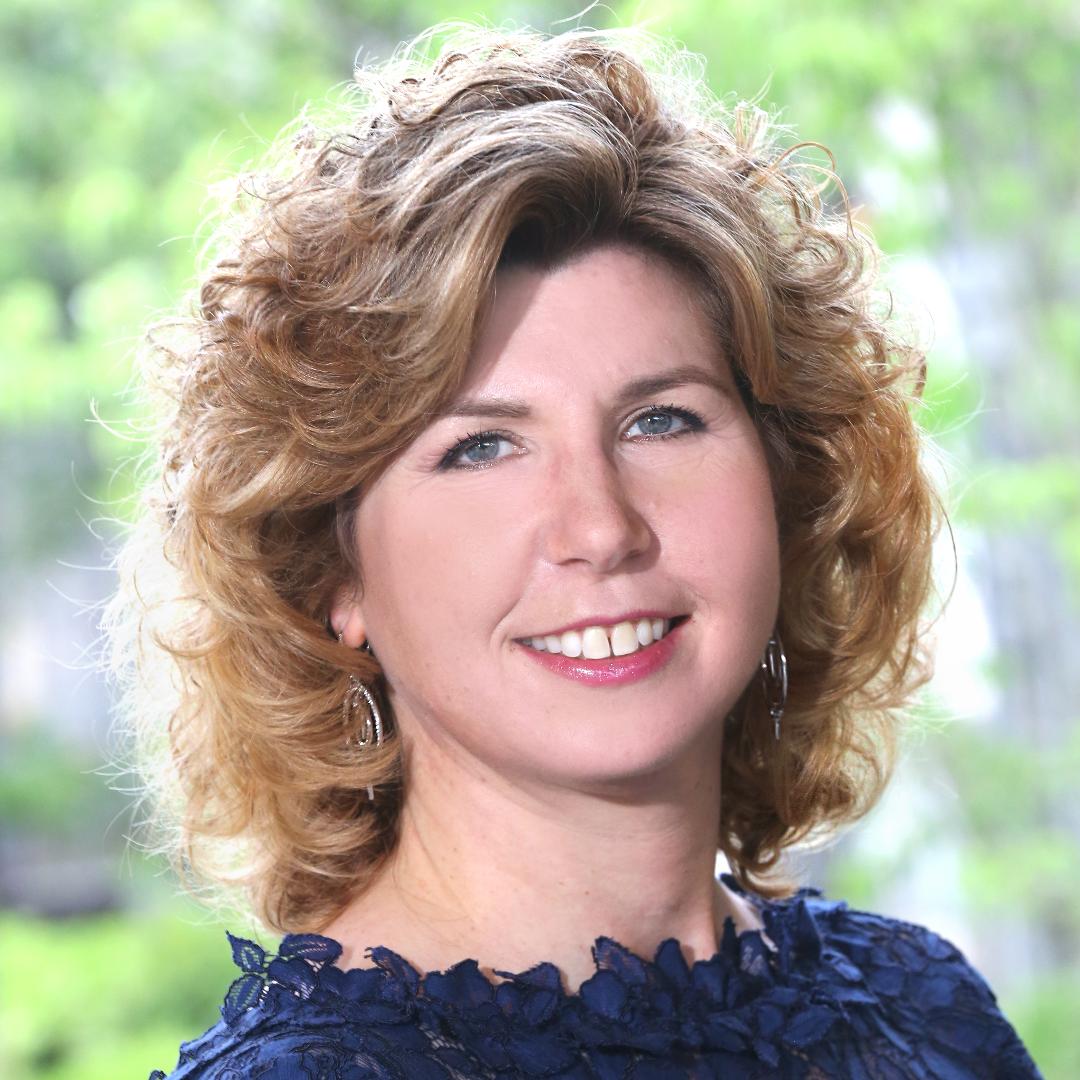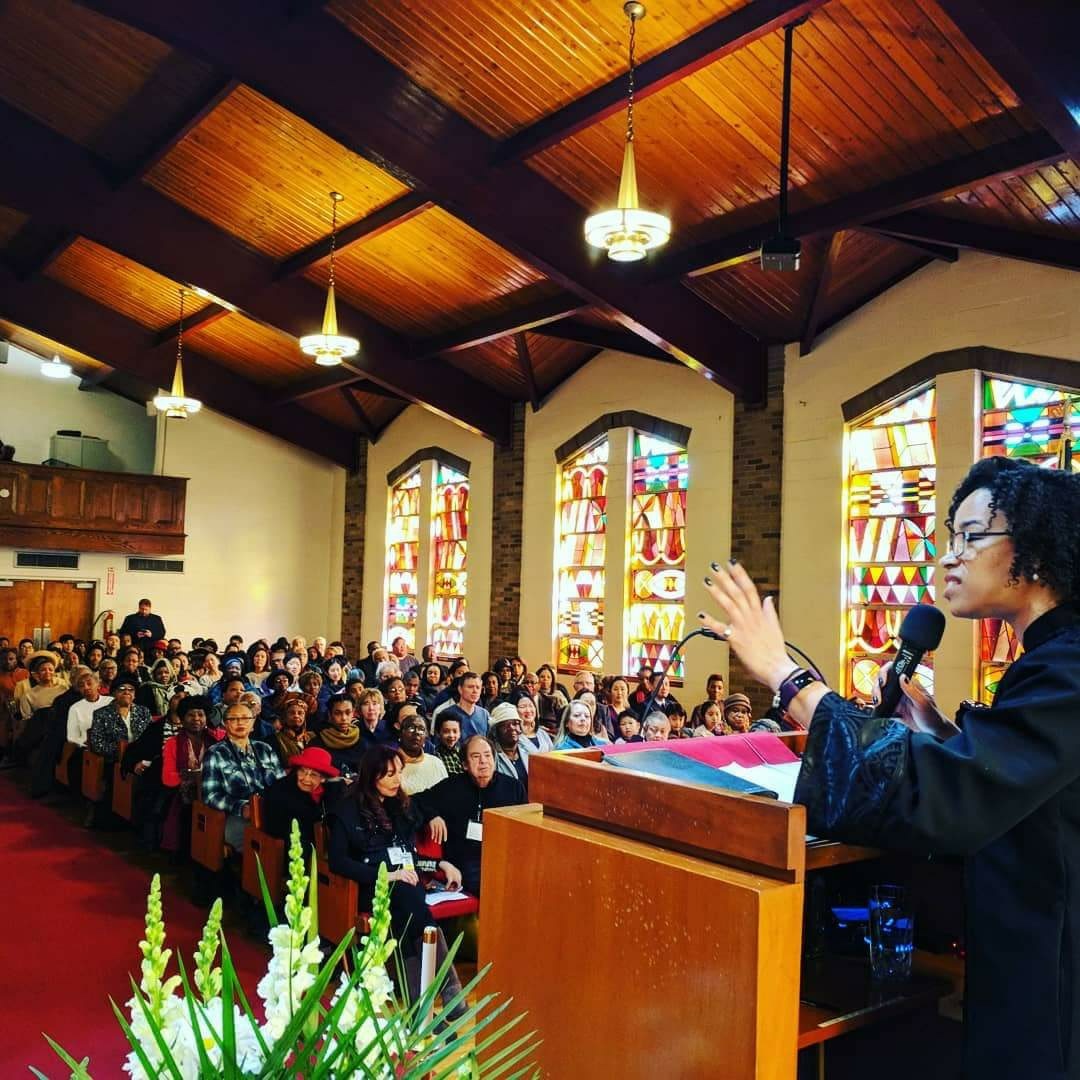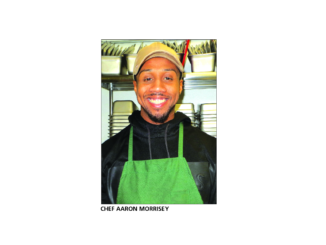
ENGLEWOOD, N.J.—Dr. James R. Cole, a prominent Englewood resident, was born in Buffalo and attended schools there until 1957.
Princeton University was next on his educational journey, and Cole graduated in 1961 with a B.A. degree in biology. He then attended Columbia College of Physicians and Surgeons where he earned an M.D. degree in 1965. He interned at Oklahoma University Hospitals and thence to Bellevue Hospital for a year of surgical training.
At the completion of that year, the war in Vietnam commanded the services of many physicians and Cole found himself on a hospital ship, the Repose, off the coast of Vietnam. He finished his naval duty at Quonset Point Naval Hospital.
Cole began his orthopedic training at The New York Orthopedic Hospital, Columbia’s orthopedic training program and then did a fellowship in children’s spine deformities at The Hospital for Special Surgery. He then went into private practice with his father in 1973.
Cole moved to Englewood in 1982, where he was a member of an 11-person orthopedic group until 2013.
While in Englewood, the Rotary became a large focus of Cole’s life. He had done some work in developing nations while in medical school in 1964 with a program concerning cholera and had written a paper about it. That experience whetted his appetite for helping to provide orthopedic care to impoverished people around the world.
As such, in 1989, he embarked upon a Rotary-sponsored program in Malawi for seven weeks accompanied by his family. He went back to Malawi in 2011 for a briefer stay and was actively involved in orthopedic care.
In 2007, Cole spent a month at an orthopedic clinic in South Africa. He has also taken trips to Kenya, Tanzania and Togo.
Back in Englewood, Cole has served as Rotary president twice and has held other positions in the club, including chief of staff and assistant governor. He has been proud of his involvement in Rotary’s Polio Plus campaign.
He and his family also hosted a Gift of Life child in 2002 (note: through their Gift of Life program, Rotary flies in children with life-threatening heart conditions accompanied by parents or guardians from Third World countries so that they can undergo surgeries in local hospitals. These children and their escorts are housed at the homes of Rotary members for the duration of their medical care.).
• • •
Hillary Viders: What was it like working on a Navy ship in Vietnam?
James Cole: It was very distressing. We had all these war casualties medivacked on board. I was a general medical officer and worked most of the time with a surgeon. We dealt with gunshot wounds of the chest, abdomen and head. Stitching together intestines and seeing these 20-year-old kids so badly injured was really difficult. I also treated people with diarrhea, malaria and pneumonia.
HV: What did you do on the Englewood Rotary mission to Malawi in 1989?
JC: I treated mostly orthopedic fractures. We also had some bone infections and I did muscle transfers in polio victims. There was a great need to train doctors in orthopedics.
HV: What did you do in Malawi when you weren’t working?
JC: My family and I went on game drives and they were spectacular.
HV: What are the biggest medical challenges in Third World countries?
JC: Medical students there do not have the skills, and in many rural areas, equipment is scarce. In Malawi, when I visited small hospitals. I came with a camp truck filled with instruments.
HV: How modern is orthopedic medicine in South Africa?
JC: That depends on where you are. In Johannesburg, it is excellent and you could not distinguish between there and New York City.
HV: You are very involved in the Rotary’s program to eradicate polio. Can you tell us about it?
JC: Rotary is part of the Global Polio Eradication Initiative. They inoculate people all over the world and they take samples of the water. Polio is an entero virus that infects the gastro-intestinal tract, gets into the bloodstream and damages the spinal cord.
HV: In what countries is polio still prevalent?
JC: Polio is still found in Pakistan and Afghanistan. When Rotary started this program in 1988, there were 350,000 cases of polio a year. Now there are 150, and that’s pretty good.
HV: With all the advances in modern medicine, why is it so difficult to completely wipe out polio?
JC: Polio is a highly contagious disease, so you would have to inoculate every child in every country. This is extremely difficult to do in Muslim Third World countries because tribes there are superstitious of the polio vaccine. They believe that it will cause sterility. It is almost like the superstition surrounding the measles vaccine in the U.S. But, in the mountainous regions in Third World countries, it is very dangerous for vaccinators to travel, and many have been assassinated.
Another problem is that there are two different vaccines and each has its limitations. If you get the Salk vaccine, you cannot get polio but you can be a carrier. If you get the Sabin vaccine, you will not be a carrier, but because it is a live vaccine, there is a risk of getting polio. Right now, a vaccine is being developed that will prevent a person from getting polio and also from carrying it, and that will be a game changer.
HV: Tell us about your family’s experience sponsoring a child from Rotary’s Gift of Life program.
JC: It was wonderful! We hosted an 8-year-old boy, Bodhan, from the Ukraine, who had a life-threatening heart ailment called “Tetralogy of Fallot,” from radiation as a result of the Chernobyl disaster. His sister had the same problem and she had surgery in the Ukraine, but she died. So, Bodhan and his father stayed with us for 10 days during which time he underwent surgeries at Montefiore Hospital.
When Bodhan arrived here, he was blue, but when he returned from the hospital, he was pink again. It was a wonderful thing to see.
HV: Besides the Rotary Club, you have also done volunteer work for The Community Chest and have contributed much to the Englewood community. What made you decide to move to Englewood?
JC: I was in a practice in Buffalo, but the hospital there closed. Afterwards, I had to run from one suburban hospital to another, making long commutes. My closest friend lived in Englewood and was a friend of Dr. Joel Weinstein, who had started an orthopedic practice in Englewood with Dr. Richard Salzer. I wanted to join that practice, so I contact Dr. Weinstein, and when a position became available, I moved here.
Englewood is a great place to live. It is close to New York City, it is a very diverse community and it has so much going on.
Photo by Hillary Viders



